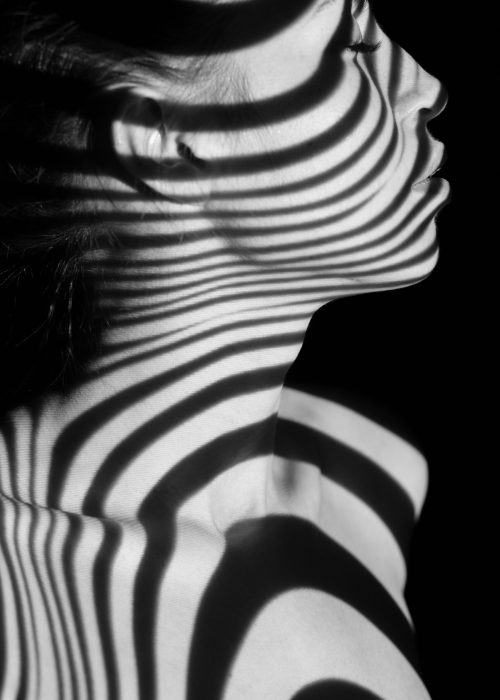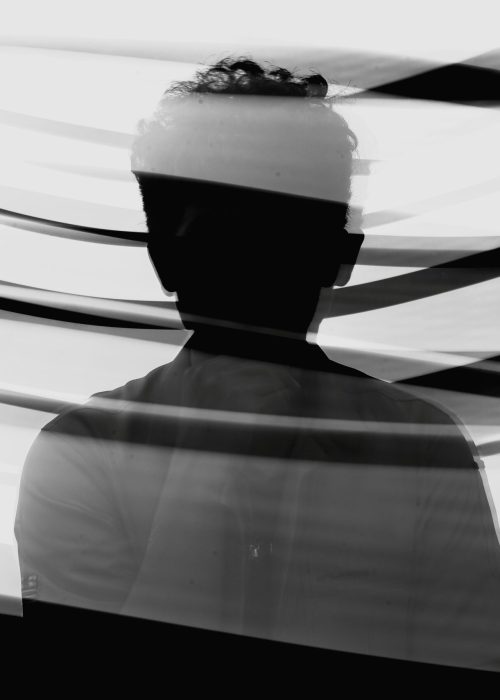The Evolution of Criminal Photography: A Historical Perspective
Criminal photography, encompassing both crime scene photography and forensic photography, has undergone a significant evolution since its inception. This field has not only revolutionized the way evidence is collected and presented in court but has also changed our societal perceptions of crime and justice. Furthermore, the advancements in this area open new avenues for criminal justice research topics, exploring the intersection between technology, law, and societal impact. This article delves into the historical perspective of criminal photography, tracing its origins, development, and the pivotal role of the criminal photographer.
The Origins of Criminal Photography
The journey of criminal photography began in the mid-19th century when photography was first applied to law enforcement and legal procedures. Early on, photographs were used to document prisoners, creating a visual record of convicted individuals. This was a rudimentary form of what would later become known as mug shots. The first systematic use of these photographs was in Paris, France, by Alphonse Bertillon, a police officer and biometrics researcher. Bertillon developed an anthropometric system to classify criminals based on physical measurements and standardized photographic portraits. This marked the birth of the criminal photographer, an individual tasked with capturing the likenesses of criminals in a consistent, reproducible manner.
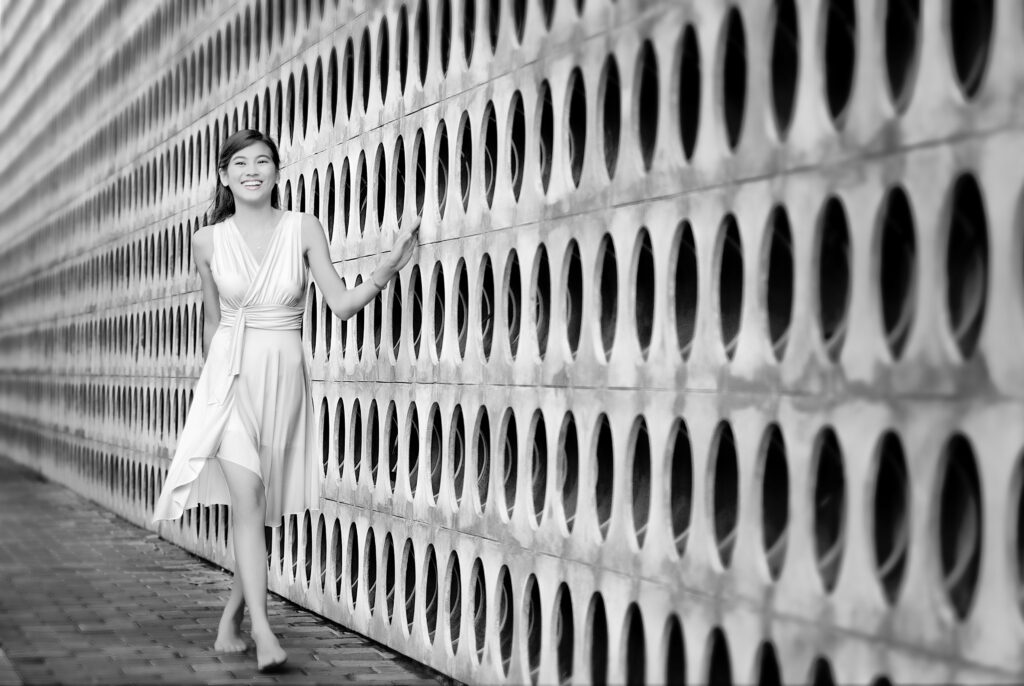
The Role of the Forensic Photographer
As the field evolved, the role of the forensic photographer became more defined. Forensic photography, also known as forensic imaging or crime scene photography, involves taking accurate, detailed photographs of crime scenes and physical evidence. These photographs are used to document the scene in a way that will be useful for investigation and prosecution. The forensic photographer must capture everything from wide-angle shots of the entire scene to close-up photos of specific pieces of evidence, all while maintaining the integrity of the scene and adhering to legal and procedural guidelines.
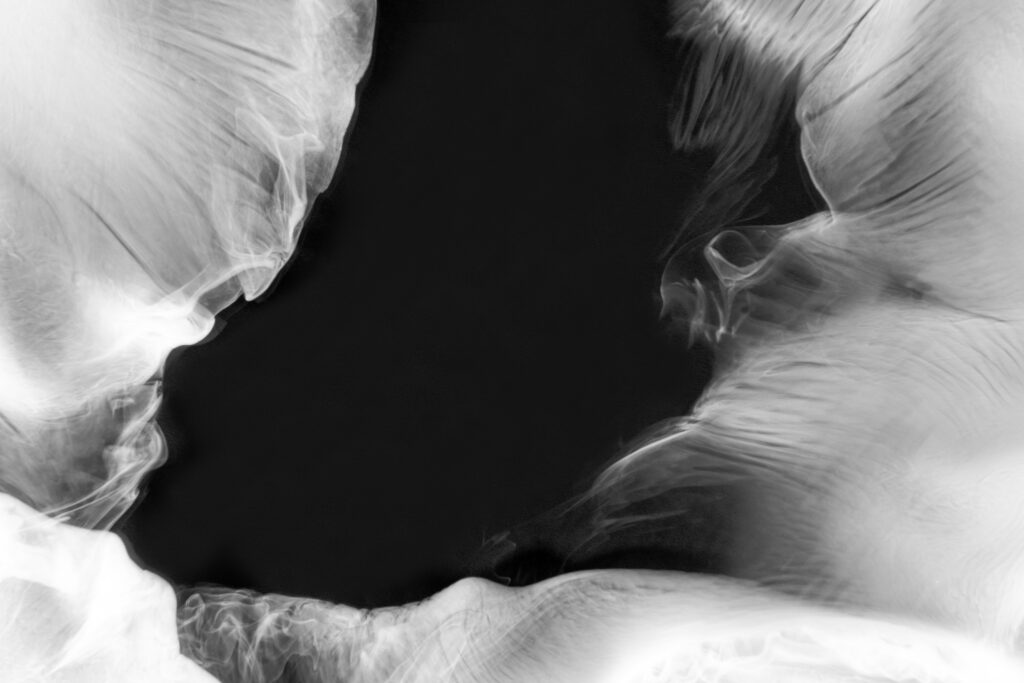
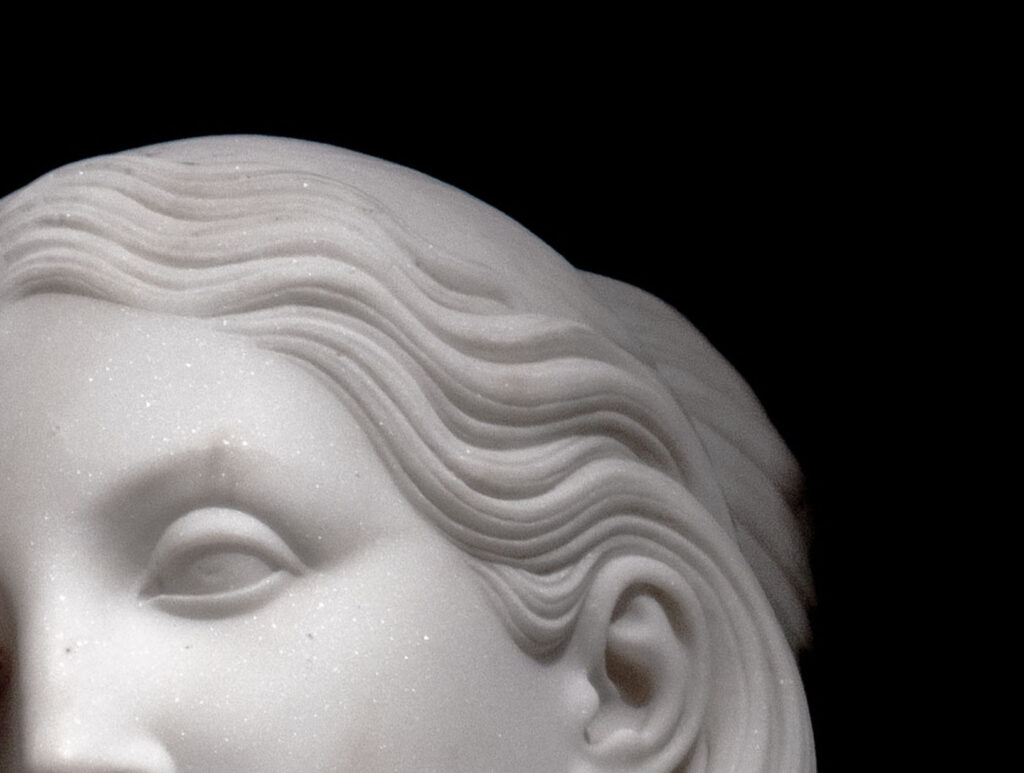
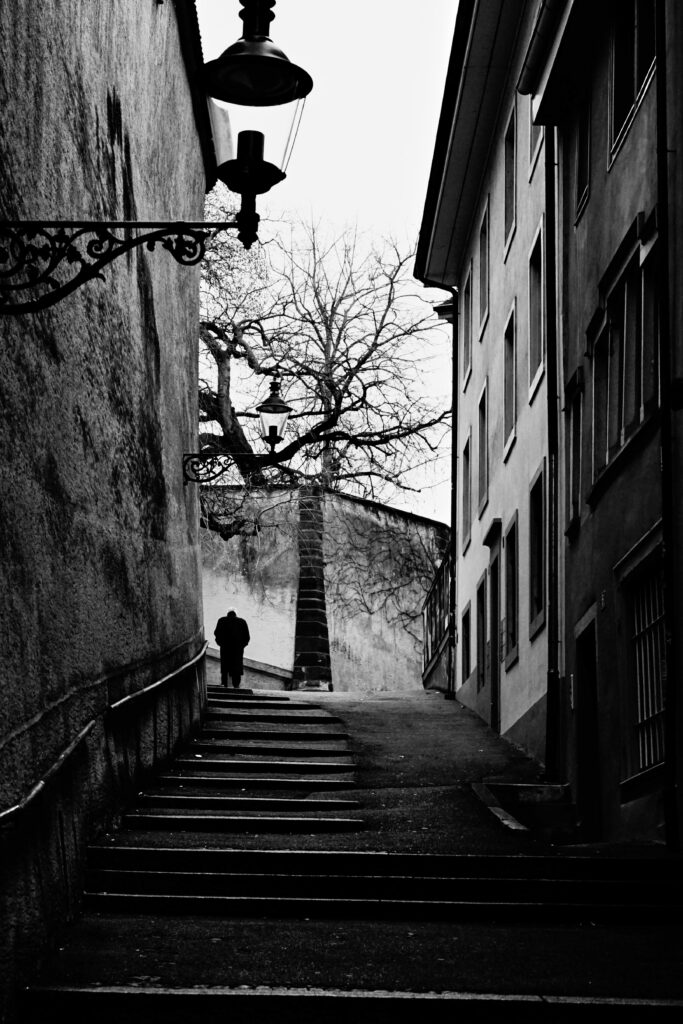
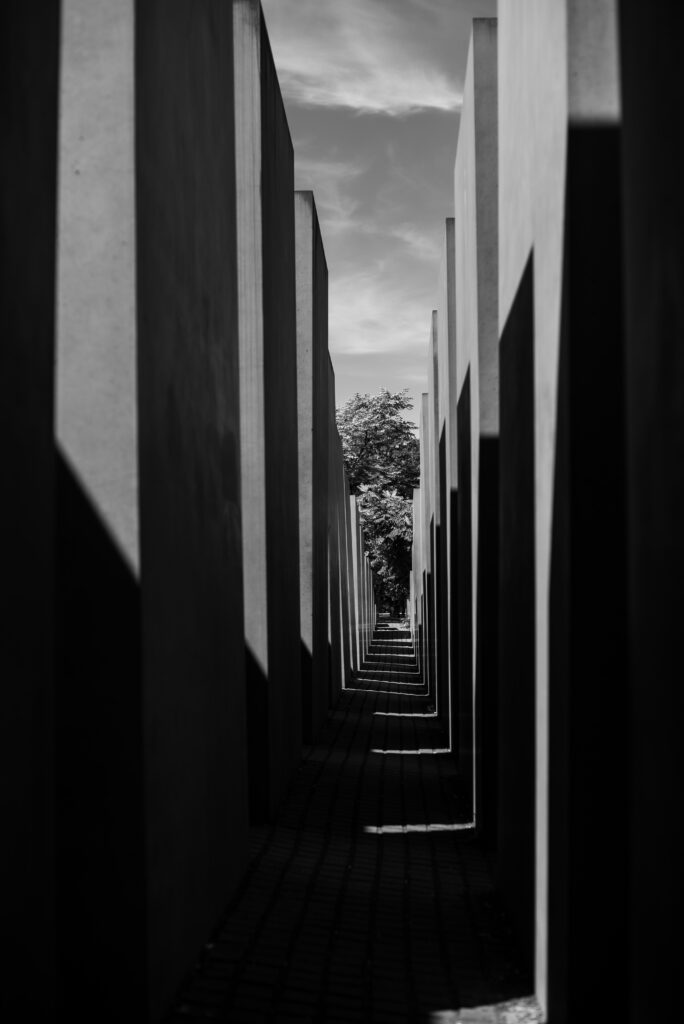
What Does the Crime Scene Photographer Do?
The crime scene photographer plays a critical role in the investigative process. Their primary responsibility is to provide a visual record of the crime scene that can be analyzed by detectives, forensic scientists, and ultimately, jurors. This involves not only photographing the scene from multiple angles and perspectives but also ensuring that lighting, composition, and scale are considered to accurately represent the scene. The crime scene photographer must work methodically to ensure no detail, however small, is overlooked.
The Evolution of Crime Scene Photography
The evolution of crime scene photography has been closely tied to advancements in photographic technology. In the early days, photographers used large, cumbersome cameras and had to contend with long exposure times. This made crime scene photography challenging, especially in low-light conditions or when capturing details of fast-decomposing evidence. As the field matured, these technological advancements laid the groundwork for the rise of professional photography within the criminal justice system, enhancing the precision and efficiency of documenting crime scenes.
As photographic technology advanced, so did the capabilities of the criminal photographer. The introduction of portable cameras and faster film speeds allowed for more spontaneous and detailed crime scene documentation. The digital revolution brought even more significant changes, with digital cameras enabling instant review of images, greater storage capacity, and the ability to enhance images without compromising their integrity as evidence.
What is Forensic Photography?
Forensic photography extends beyond the crime scene. It encompasses the photographic documentation of autopsies, injuries on living victims, and the detailed photography of physical evidence such as fingerprints, tool marks, and ballistic evidence. Forensic photography is used not only to support criminal investigations but also for civil cases and identification purposes in mass casualty incidents.
The precision and technical skill required in forensic photography are high. A forensic photographer must understand the principles of photography, the science behind the evidence being documented, and the legal requirements for evidence collection and preservation. This specialization within criminal photography has become increasingly important as the legal system places more emphasis on scientific evidence.
The Impact of Criminal Photography on Justice
The impact of criminal photography on the justice system cannot be overstated. Visual evidence has a profound effect on the investigation of crimes, the prosecution of offenders, and the defense of the accused. Photographs can often convey information that words cannot, providing an objective record that can corroborate or refute testimonies and assumptions.
Moreover, criminal photography has influenced public perceptions of crime and justice. High-profile cases, documented through crime scene photographs, have captivated the public’s imagination and raised awareness about various aspects of criminal justice, forensic science, and the complexities of legal proceedings. Interestingly, the skills and techniques developed in the field of criminal photography can also be applied outside the realm of law enforcement, with some professionals transitioning into roles such as a travel photographer, where they use their keen eye for detail and storytelling to capture the essence of diverse cultures and landscapes.Challenges and Ethical Considerations
Despite its invaluable role, criminal photography is not without challenges. Ethical considerations are at the forefront, particularly concerning the privacy of individuals involved and the potential for graphic images to cause distress. The criminal photographer must navigate these ethical waters carefully, balancing the need for thorough documentation with respect for the subjects and sensitivity to the impact of these images.
Moreover, the advent of digital photography and social media has introduced new challenges in ensuring the security and authenticity of photographic evidence. The potential for digital manipulation requires stringent protocols for the storage, handling, and presentation of digital images in legal contexts.
